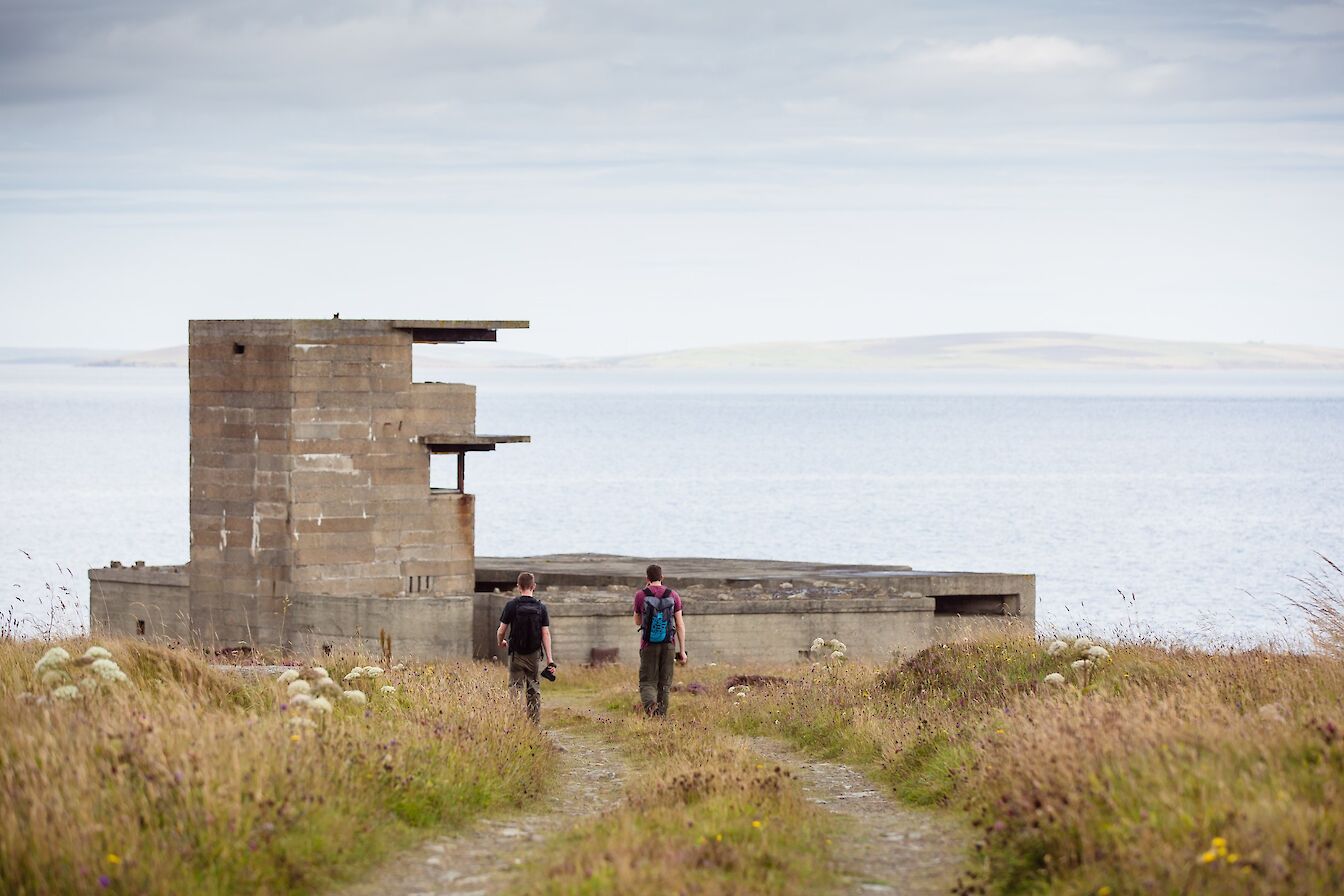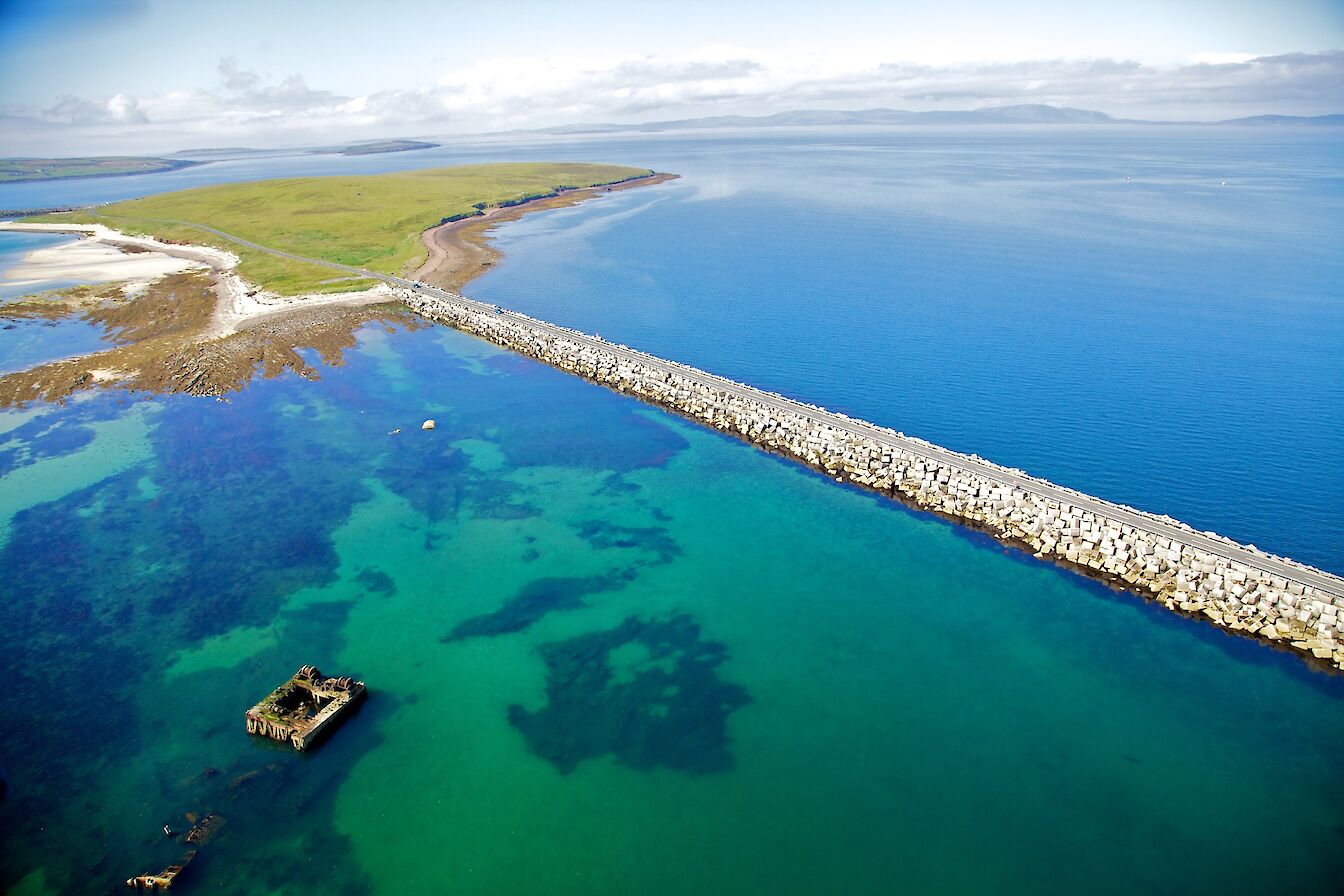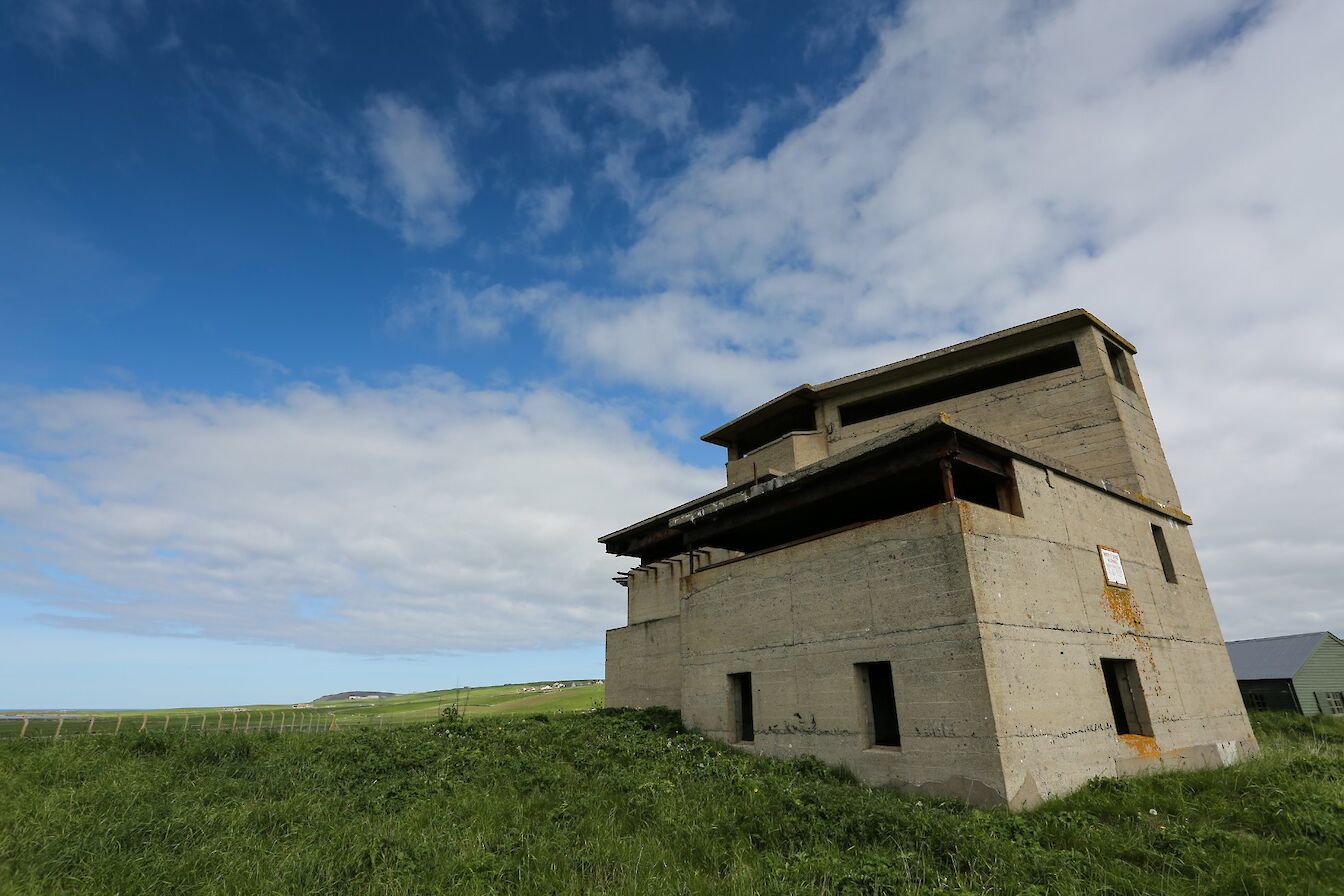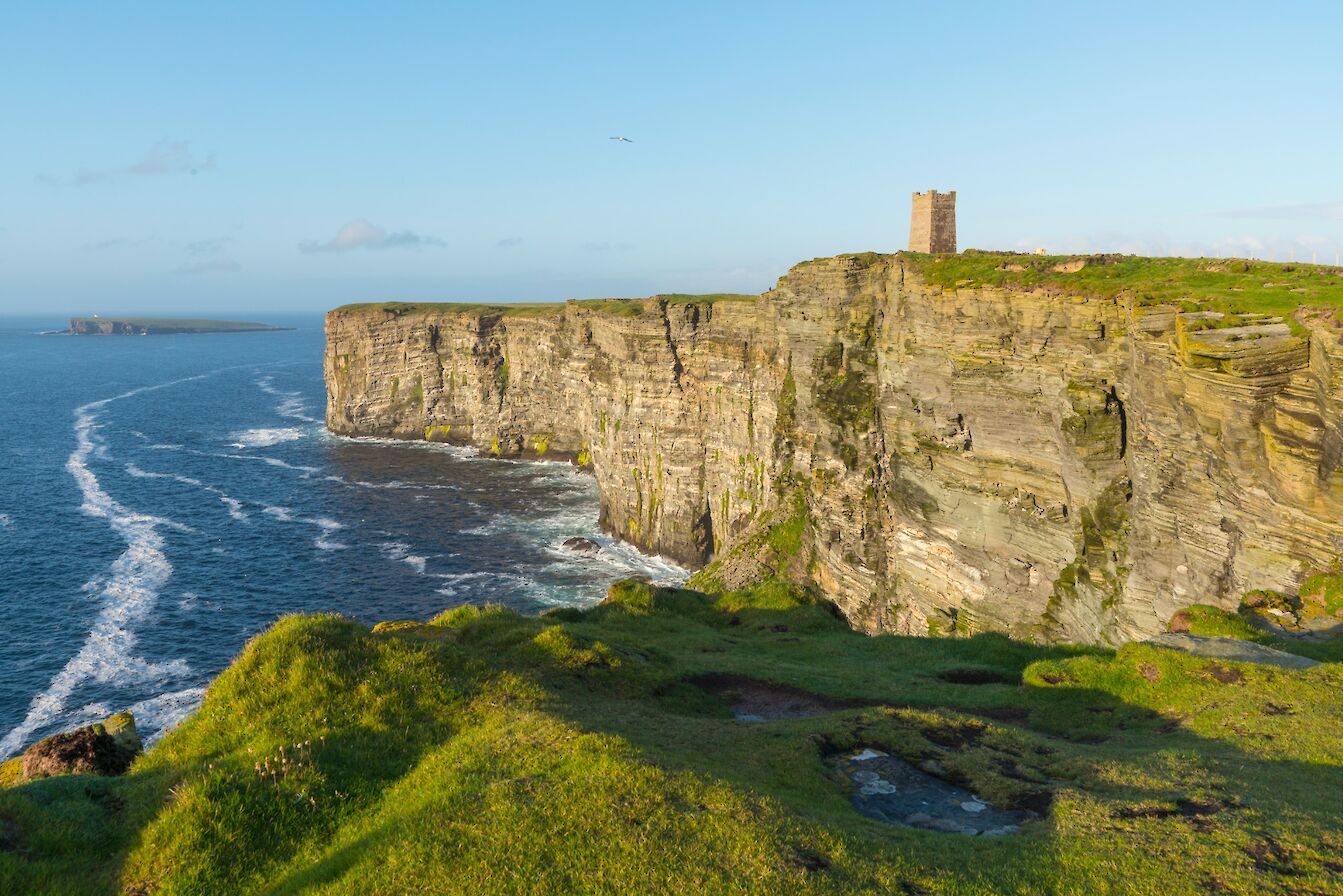Orkney's wartime history is characterised by tales of bravery, camaraderie, tragedy and indomitable human spirit.
The islands played a pivotal role in both World Wars and poignant reminders of these turbulent periods are etched across our landscape in the shape of the gun batteries, searchlight stations and concrete bunkers that can still be seen today.
Scapa Flow is key to this fascinating wartime story. The base for the British Home Fleet during both World War I and II, it was here in 1918 that the German High Seas Fleet was interned after the Armistice, and then scuttled at midsummer 1919.
Today, the Scapa Flow Museum in Hoy relives this momentous period of British history with its captivating archive of video, photographs and artefacts.
Orkney's role in World War II is no less significant and again, Scapa Flow was at the heart of the action. After HMS Royal Oak was sunk at anchor by a U-boat in 1939, Winston Churchill ordered the construction of giant causeways to block the eastern approaches to Scapa Flow. Known today as the Churchill Barriers, they are one of Orkney's most spectacular landmarks and a reminder of more troubled times.
In contrast, the beautiful Italian Chapel - built by Italian prisoners of war - at Lamb Holm captures a sense of optimism and reconciliation.
Across Orkney you will see sites integral to our wartime history, each worth visiting to fully understand the significant role the islands played in the conflicts. Guided tours are available of the Ness Battery near Stromness, and HMS Tern in Birsay, while memorials to Lord Kitchener and the men lost on HMS Hampshire at Marwick Head, and the Flotta Wartime Trail, also attract visitors and wartime enthusiasts.





